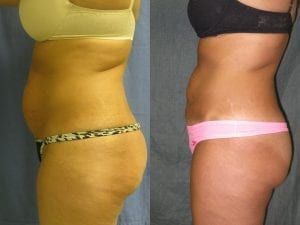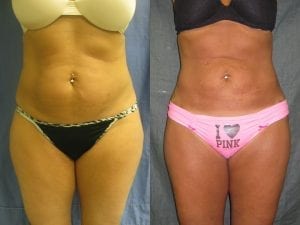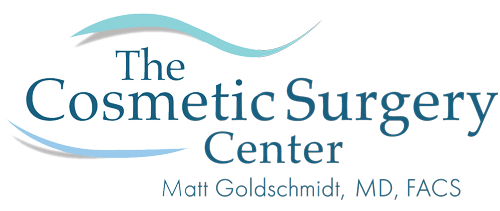The human body needs energy in order to run its various organs, maintain its internal temperature, get rid of waste products, and produce your thoughts and feelings. In other words, you need energy to live. Human bodies have developed ways to use and to store multiple forms of energy.
The body relies on three primary sources for its energy. Its “first-line” energy source is glucose, which comes from the foods you eat. Glucose typically stays in the bloodstream until it is needed. It’s the easiest form of energy for your body to access, and as a result, it doesn’t last very long – about four or five hours at a time. When glucose levels drop, your body signals that it’s time to eat again.
When glucose runs out, the body turns to its stores of glycogen, which are kept in the liver and the muscles. Glycogen can provide you with more energy if food isn’t available. However, your glycogen stores will keep your body running for only a day or two without food.
Luckily, your body has a third store of energy available: fat.
One of fat’s primary functions is to store extra glucose for later use, and in many humans, this process is highly efficient. It had to be: when our prehistoric ancestors were attempting to survive, conditions were harsh and food was scarce. The bodies most likely to live through a drought or a tough winter were those most adept at storing energy.
Today, food is abundant in most parts of the world, but our bodies have not changed with the times. As a result, many of us store more fat than we’d like. Your genetic makeup also determines how much of your food intake is stored as fat and where it is stored – such as in your belly, sides, hips, or thighs.
The fat cells you have and where they are located change throughout your life. Infants accumulate fat cells rapidly, then maintain a steady supply as toddlers. Fat cells increase again when the body reaches puberty, and stay constant throughout your life. When your body size changes, it’s because the amount of fat stored in the cells changes – not because you grew additional fat cells. When fat cells are removed via a procedure like liposuction, then, they are typically gone for good.
For a free, private consultation about your liposuction options in Cleveland, please call our team at The Cosmetic Surgery Center at (216) 264-8100.
Below is an example some of our results.

patient side view

patient front view
To see more of our results- visit or before and after gallery.
